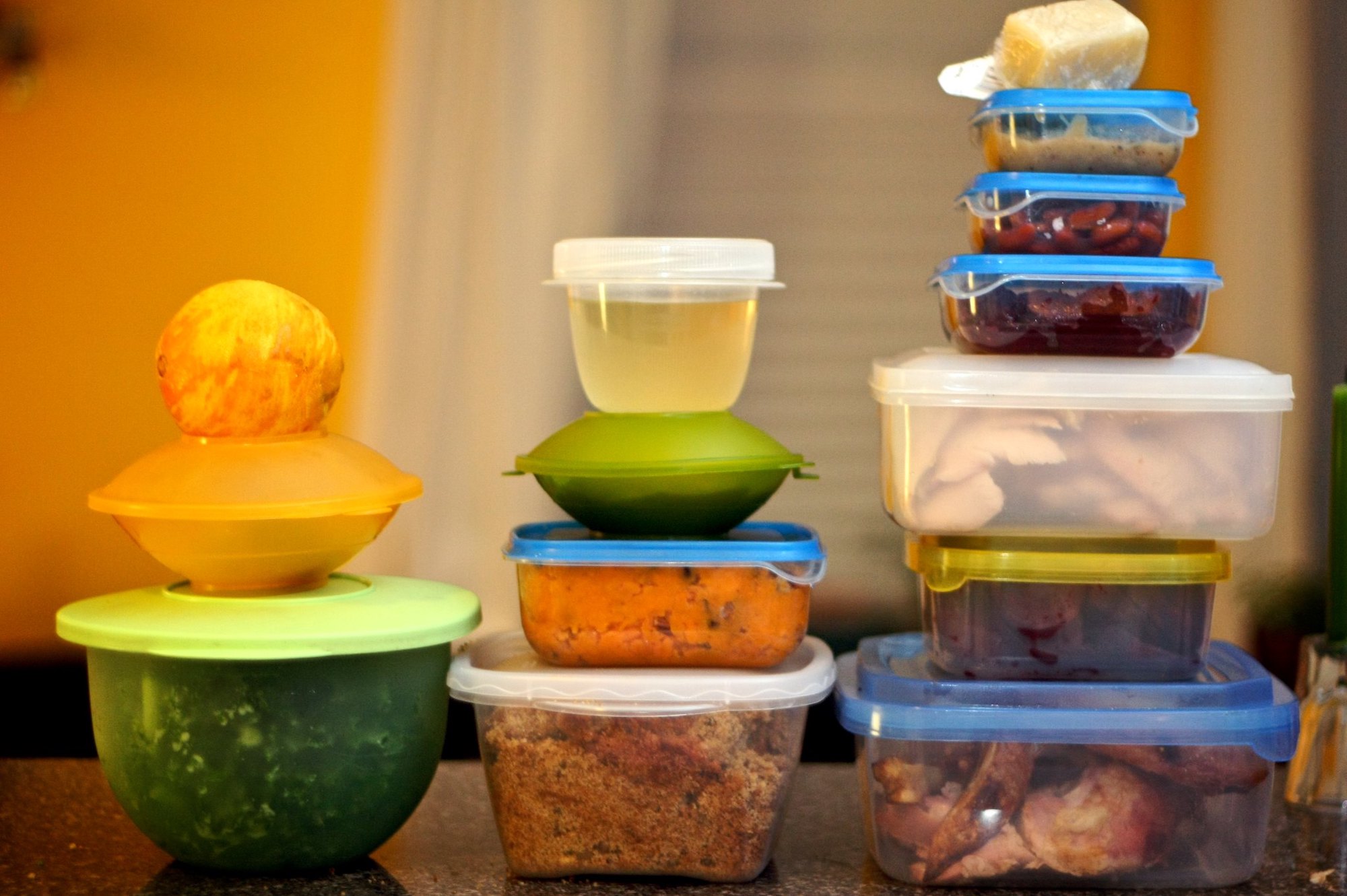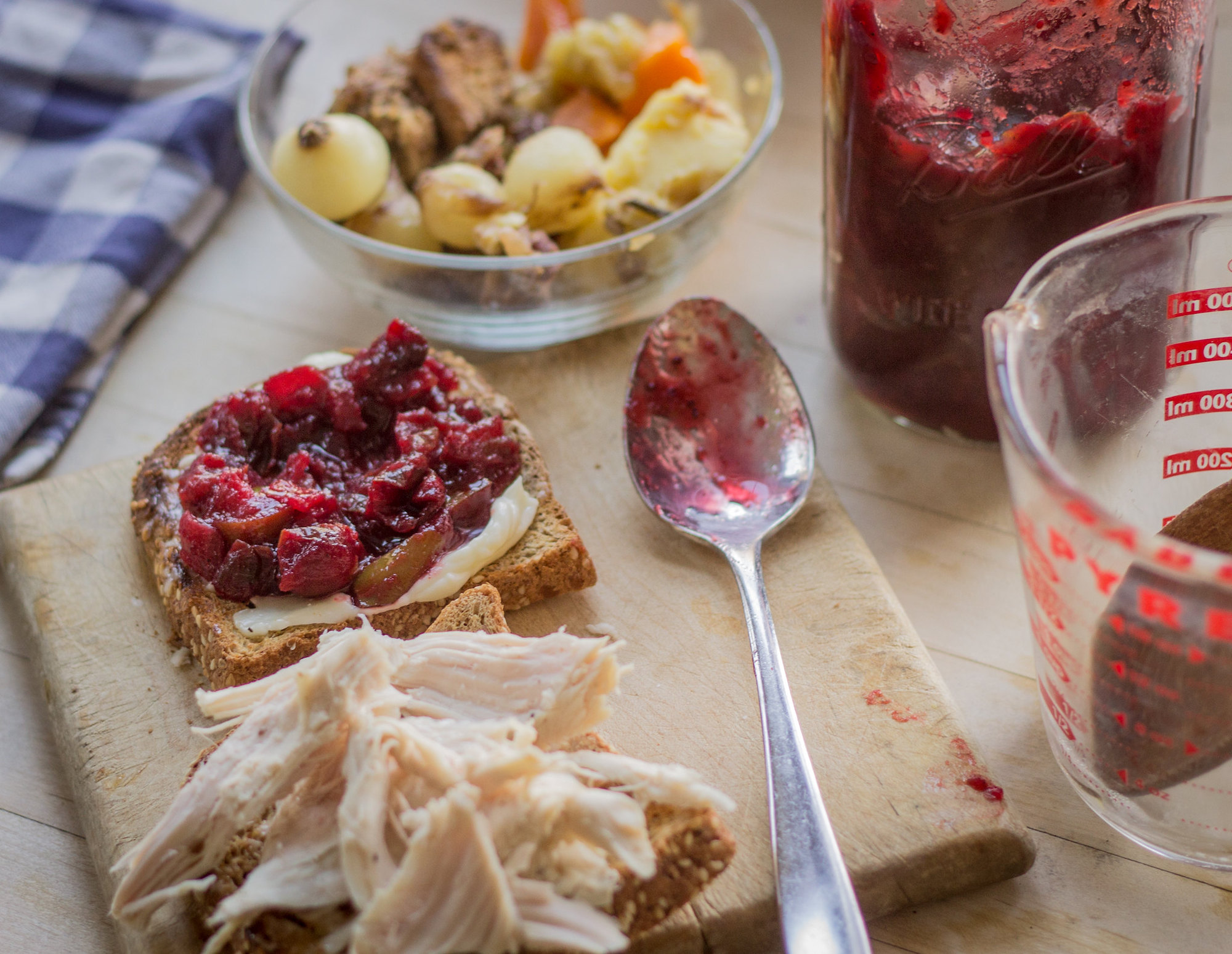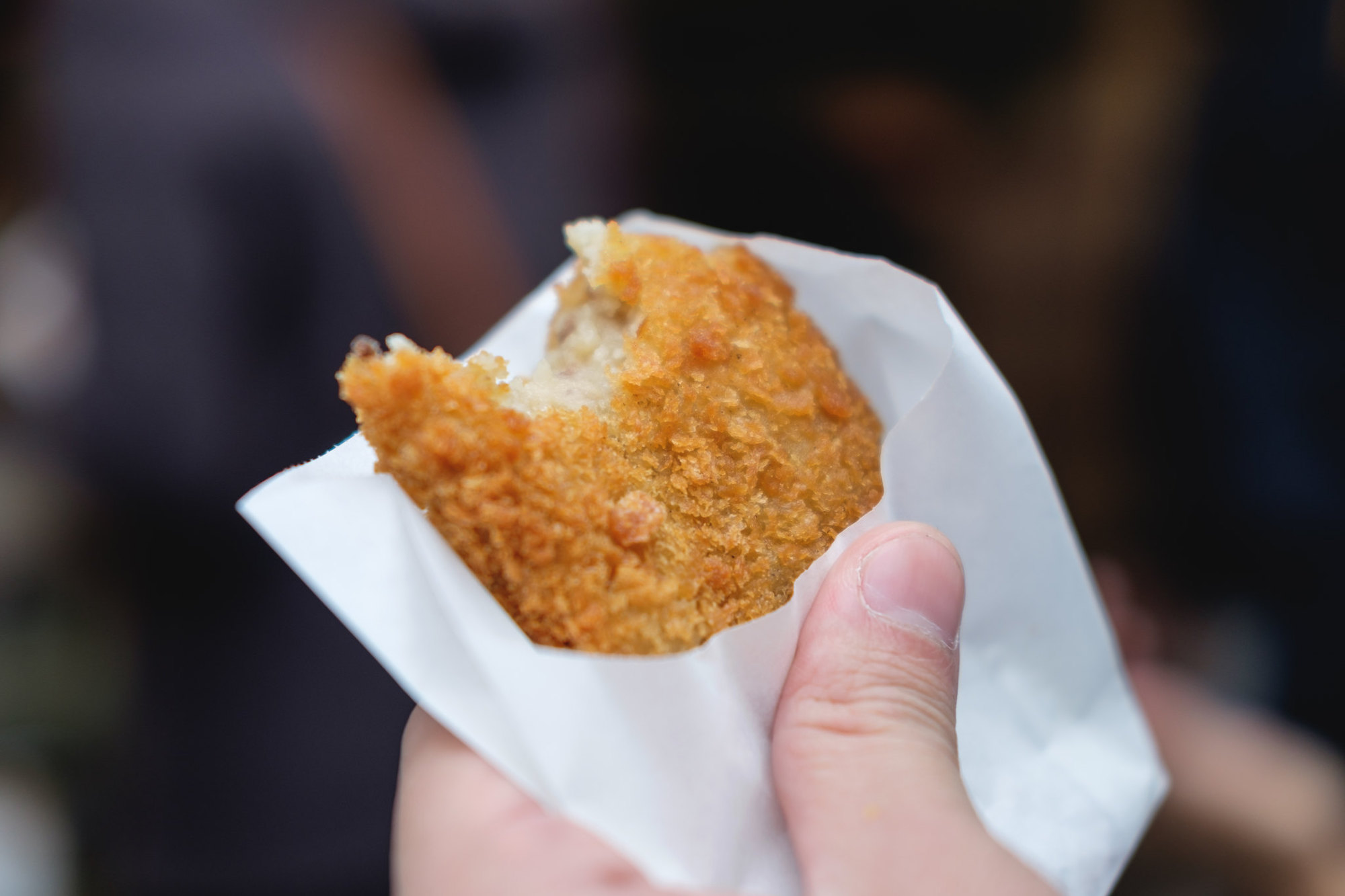One key way of reducing food waste is to purchase the right sized turkey for your family.
Credit: jennie-o under CC by 2.0
Reducing food waste at a household level is an impactful way to make a dent on our individual contributions to climate change. This can be more challenging on a day like Thanksgiving, which is one of America’s biggest food waste days of the year. Luckily, there are plenty of guides out there to support you in reducing your meal’s environmental impact overall and making your day waste-free. Keeping your leftovers out of the trash doesn’t have to be a chore - you can turn them into delicious dishes that your family looks forward to just as much as the meal itself.
A bountiful meal becomes a burden for the environment
Estimates suggest that more than 305 million pounds of food go to waste at Thanksgiving. Meanwhile, 34 million people in the United States alone don’t have enough food to eat. That we generate this much waste in just one day, while so many people go hungry, is emblematic of a broader sustainability and equality problem in America.
Plus, food waste is a contributor to climate change. Production of those 305 million wasted pounds of food generates the same amount of greenhouse gas as driving 169,000 cars for one full year. And it’s all going straight into the trash. It’s estimated that reducing food waste globally could cut emissions by an enormous 8-10%.

Get your Thanksgiving leftovers packaged up and into the fridge after the meal, and send them home with any guests who want them. Credit: Steve McFarland under CC BY-NC 2.0
Planning a waste-free meal
Luckily, reducing household food waste is well within your control. As you’re planning your holiday meal, think critically about how much you and your guests will actually eat during the meal, and how you’ll put your leftovers to good use. For example, it’s generally recommended to purchase 1-1.5 lb of turkey per person. You could aim on the smaller side if you aren’t a fan of that next day turkey flavor, or get a larger one if you know everyone will be fighting over the leftovers. When coming up with your menu, don’t be afraid to exclude “traditional” dishes that no one will eat. You can think of this as an opportunity to make new traditions for the betterment of the planet.
Make sure to have reusable containers ready for your family to take home their leftovers! My family reuses whipped cream containers that have been accumulated over years and years of pie eating. That way no one needs to worry about returning the containers to their rightful owners - they just bring them back to be used again at the next gathering. As the next generation takes over the Thanksgiving meal, we’ll probably rely more and more on reusing takeout containers and Ball Jars. Regardless, divvying up the delicious leftovers when everyone heads back home will remain a beloved family tradition.

A turkey sandwich with cranberry sauce under construction. Credit: Stevesworldofphotos
Pro-tip for better tasting leftovers: Avoid the microwave
While microwaves can be perfectly handy tools for a lot of purposes, reheating certain foods is just asking for trouble. Microwaves actually break down your food’s molecular structure, resulting in a change in flavor and texture. Meat like turkey particularly suffers in the microwave as iron is released as proteins break down, altering the flavor. Plus, the high and irregular heat of the microwave quickly raises the turkey’s temperature high enough to evaporate moisture, leaving it dry inside and turning that crispy skin mushy.
So if not the microwave, then what? There are plenty of detailed guides online suggesting the best ways for reheating the individual parts of your delicious leftover dinner. Some of the highlights include reheating turkey low and slow in the oven, crisping stuffing on the stovetop, and popping your dinner rolls into the slow cooker.

Leftover mashed potatoes get a glow-up when fried into korokke, a Japanese croquette Credit: Leng Cheng under CC BY 2.0
Make your next-day meal a new feast
If you want to bypass the fiddly work of reheating all your ingredients separately, try tossing them together into a pot pie, skillet, or sandwich. This soup even has dumpling-like mashed potato balls. If you’re really brave, you can try out the viral Tik Tok recipe for air fryer turkey egg rolls.
Your leftover mashed potatoes can be reheated, doctored up with some sour cream and cheese. Better yet, you can fry them into croquettes, delicious breaded potato balls, which can be cooked in the air fryer for a lighter version. Get creative with your flavors to make them into Indian Aloo Tikki or Japanese Korokke.
If you’re looking for a delicious breakfast, turn your sweet potato casserole into pancakes, or use your leftover bread to make french toast casserole or bread pudding. Cranberry sauce can be baked into a delicious cranberry bread. If none of this strikes your fancy, browse your favorite search engine to see what other delicious recipes are waiting for you, or come up with your own!
